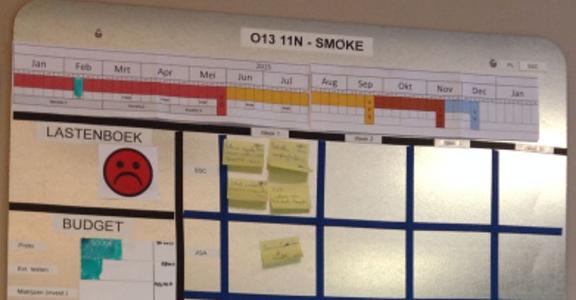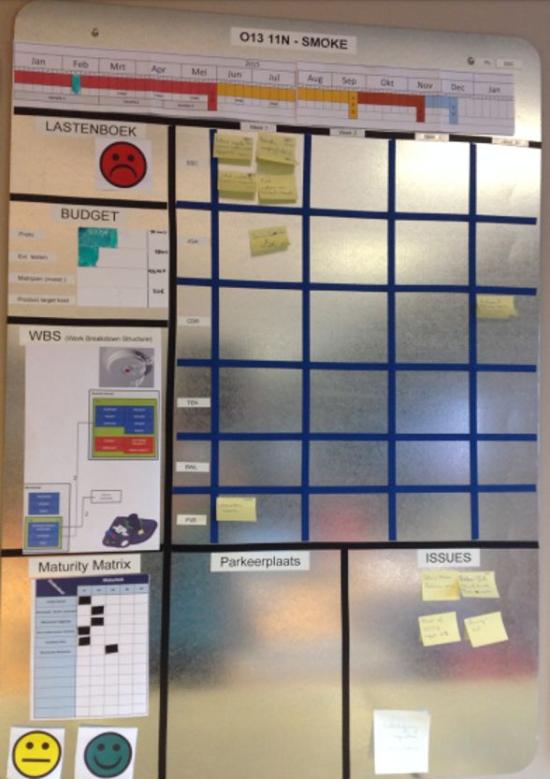The traditional stage-gate process to manage projects often delays decisions. Applying 'exception management' makes it possible to avoid having to wait for decisions.
The stage-gate process is a popular concept for monitoring product development projects. In a typical stage-gate process, management waits until the 'gate-review' to make critical decisions on funding, resource allocation and project direction. Interim reports are regarded as informative and only rarely initiate actions.
'Exception management' offers a way out to speed up the product development process. Exception management in itself is not new and has long been used in statistical process control (SPC) in manufacturing. SPC requires continuous monitoring of a process’ specific control indicators. If these control indicators remain within acceptable limits, the resulting products will also be of acceptable quality. However, if any of the indicators go outside these tolerance limits, an exception is recorded and action is taken to bring the process back under control. With this approach, no action is required unless a well-defined exception arises. This simple and powerful concept can also be applied to ease the traditional stage-gate product development process and make it evolve towards a flow process where waiting times are completely eliminated.
For example, a set of control indicators can be defined at the beginning of a new product development, allowing continuous monitoring of the project. Examples of such control indicators are: target cost, projects that run late, budget, etc. During the life of the project, the project manager should monitor these control indicators, for instance by visualising the status of the project through a project board. As long as the project remains within tolerance limits (e.g. plus minus within two weeks of the planned project schedule), there is no need for management interference. However, should an exception occur (in this case, a deviation from the schedule of more than two weeks), management should convene an ad hoc 'gate meeting' to discuss the situation and take remedial action.
Example of a visual project follow-up board with budget, schedule and specification status as indicators
Essential behavioural change
If process control is based on exceptions, the management's attention can shift to monitoring the competitive landscape (i.e. the elements of the business case that are outside the control of the project teams) and the focus will be less on controlling the project teams.
This concept requires a behavioural change in both project leaders and management. The project leader should keep his finger on the pulse and report on the health of the project through frequent updates (something that should always be the case). This can be done very easily by means of visual management techniques.
Advantages
Exception management simultaneously allows project teams to have more autonomy and management to intervene more quickly when needed. Without disruptive gate reviews, project teams will soon benefit from a continuous flow (flow) of information and ideas, allowing them to optimise their planning based on project-specific factors rather than complying with sometimes arbitrary stage-gate requirements.
Safe experimentation
If this concept seems attractive, you can implement a risk-free form of this process: maintain the existing stage-gate process and at the same time do a 'test run' of exception management on an existing project. Does the team leader keep the project board up to date? Is the information sufficient to monitor the health status of the project? Can management respond punctually to an exception? ... By applying this pilot approach, the details of an exception-based approach can be worked out without compromising the project in question.
Do you also want to speed up your product development process? Be sure to contact us!




